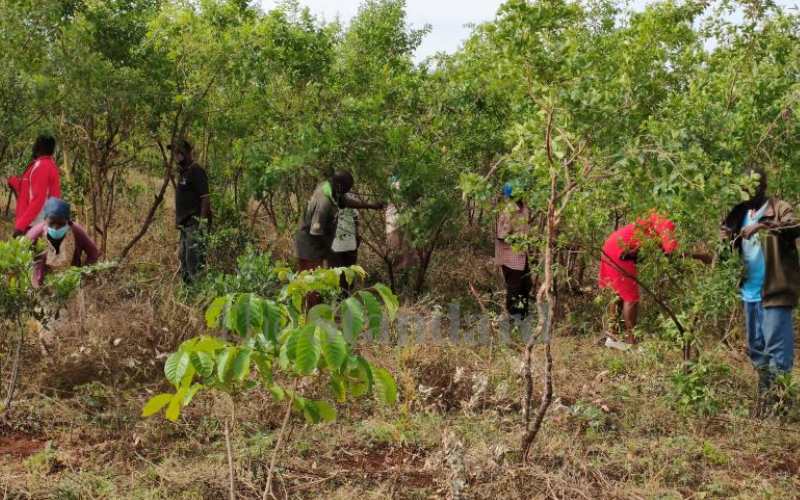×
The Standard e-Paper
Stay Informed, Even Offline

Monica Atieno Wanga invites Planet Action to follow her inside a forest. In there, we find men and women clearing bushes in open areas and planting indigenous trees.
We are inside the Nyatike-Mirema Forest in Nyatike sub-County, Migori. Since, 2018, the Community Forest Association (CFA), of which Atieno is a member, has endeavoured to restore the forest.